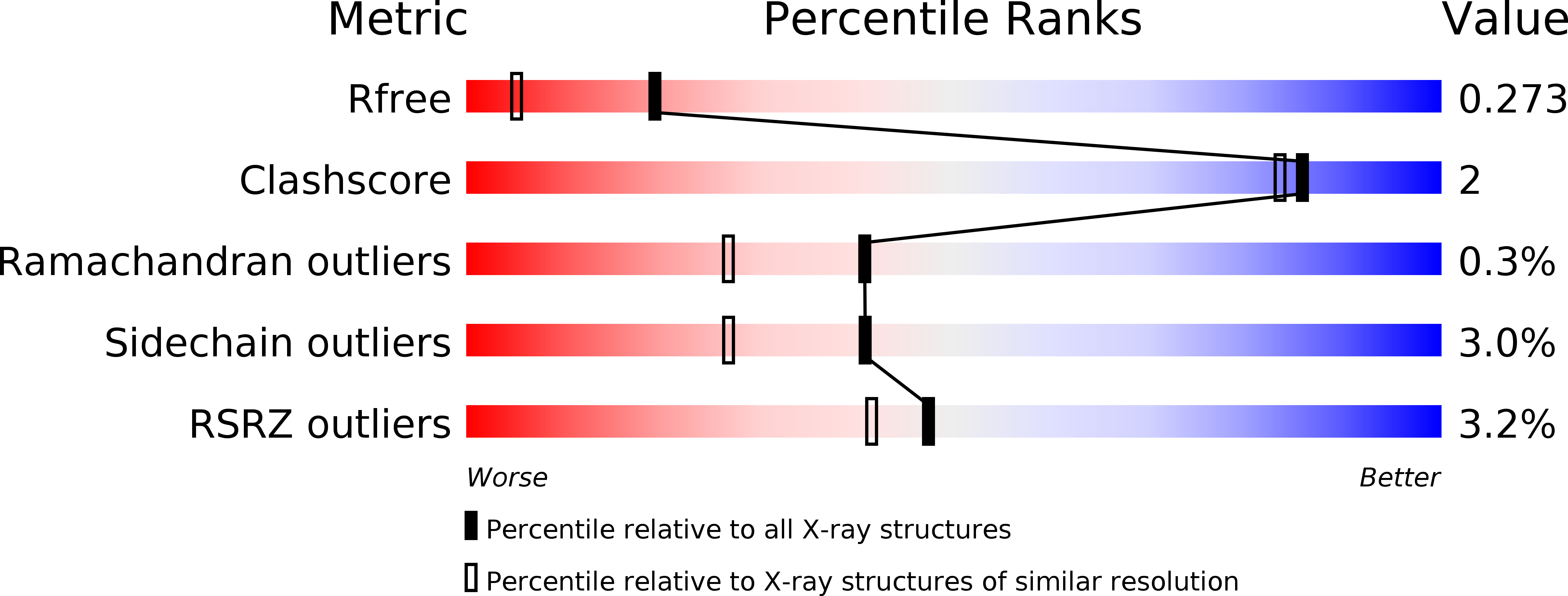
Deposition Date
2014-07-16
Release Date
2014-08-27
Last Version Date
2024-02-28
Entry Detail
PDB ID:
4QWB
Keywords:
Title:
CRYSTAL STRUCTURE of DPO4 LINKER REGION P236A MUTANT WITH AN INCOMING D-dCDP
Biological Source:
Source Organism:
Sulfolobus solfataricus (Taxon ID: 273057)
Host Organism:
Method Details:
Experimental Method:
Resolution:
1.80 Å
R-Value Free:
0.27
R-Value Work:
0.22
R-Value Observed:
0.22
Space Group:
P 21 21 2


